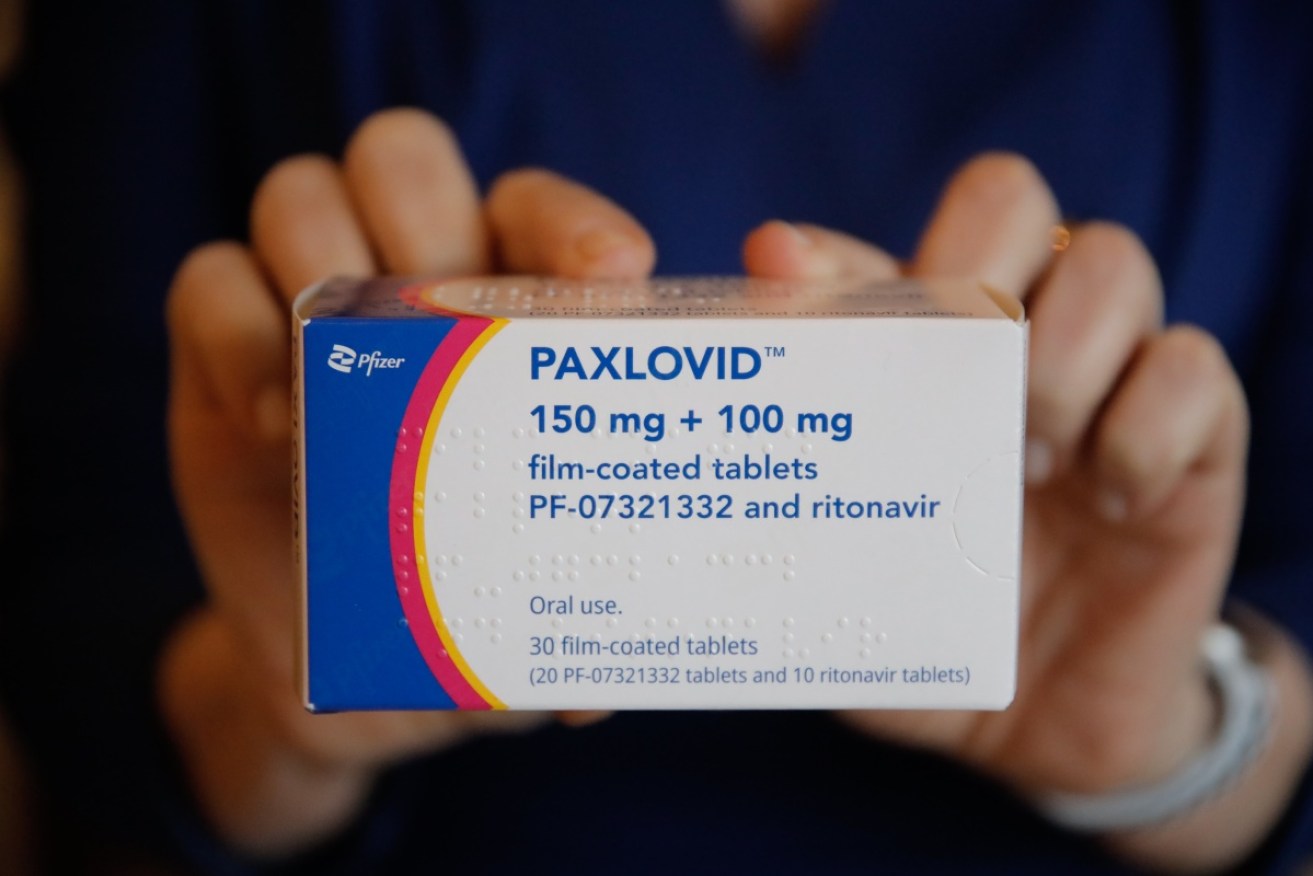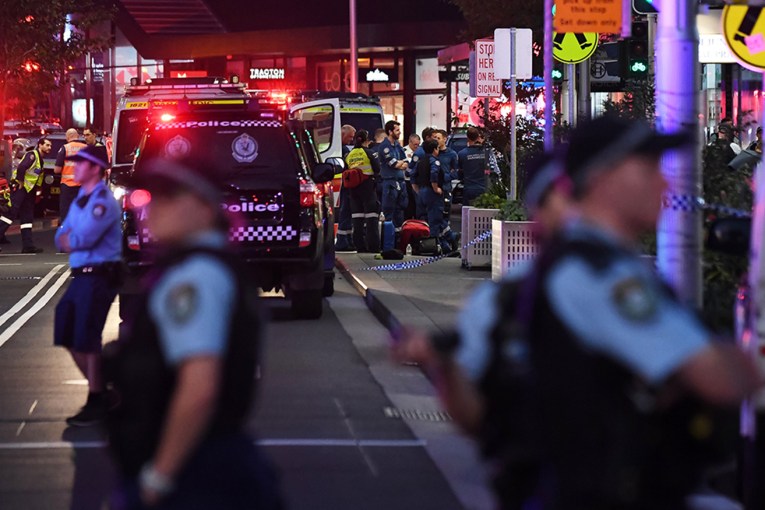COVID-19 antivirals: Doctors urged to raise awareness with at-risk patients


Paxlovid is one of the anti-viral drugs that have been endorsed for treating COVID victims, especially the elderly. Photo: Getty
Last week, Australia’s deputy chief medical officer told GPs to be more proactive in raising awareness about new COVID-19 antiviral treatments with their at-risk patients.
These drugs – nirmatrelvir–ritonavir (Paxlovid) and molnupiravir (Lagevrio) – are effective in keeping people out of hospital and are meant to be bringing down the death rate, which stands at more than 1000 people a month.
The rollout has been problematic and, as widely reported, many if not most people who were eligible for the treatment have missed out.
The “missive” from the deputy CMO, Professor Michael Kidd, is the latest attempt to raise awareness about the drugs – and the time pressures involved when obtaining them – among doctors and their patients.

Professor Michael Kidd.
Addressing GPs, Professor Kidd said: “I recommend that you start a conversation with your at-risk patients if you have not already done so.”
One of the issues affecting the rollout is that patients need to start taking the medication within five days of first developing COVID symptoms.
Professor Kidd said: “As you know, it is essential that people commence treatment as soon as they develop symptoms, so people who are at risk should be tested promptly and antivirals commenced quickly.”
But for patients it’s not so straightforward. In between getting sick and accessing the meds, there are several hoops to jump through.
How to access these drugs
Dr Chris Moy, an Adelaide GP and vice president of the Australian Medical Association, has been working to identify and solve the rollout problems.
In a conversation with The New Daily, Dr Moy listed the steps the patient must take, and what “should” happen:
- The patient develops COVID symptoms
- They need to get tested as soon as possible
- If they’ve taken a PCR test, they’ll be informed by text that they’re positive. But if they’ve taken a RAT at home, they need to report the result to the state health department
- What is “supposed” to happen then, is the patient is meant to be directed to the National Coronavirus Helpline where they have their symptoms checked on the phone. They’ll be asked their age, when the symptoms started, do they have pre-existing conditions, are they fully vaccinated, do they have a compromised immunity
- At the end of the phone call, the patient is told their level of risk of developing a severe case, and they might be eligible for a PBS-listed anti-viral treatment
- Patient is the told to contact their GP as soon as possible
- The GP is contacted by the helpline
- The GP checks the patient’s medical history and medications, and will determine what anti-viral is the best and safest option
- An e-prescription is sent to the pharmacy, which will deliver the drugs.
“That’s what is supposed to happen,” Dr Moy said.
“But some people don’t have a GP. Or they can’t get in touch with their GP because it’s the weekend. And that’s two days lost.”
He said that each state has different contingencies to meet this problem. “There are various back-up plans,” he said.

AMA vice president Dr Chris Moy.
The patient might be referred to a respiratory clinic or telehealth service.
Throughout all this, there’s a sick person, who is probably getting sicker, trying to make this happen.
“How else are they going to get there?” Dr Moy said.
“They can try and contact their GP if they’ve had a positive test, and that’s fine,” he said.
“But part of the problem is awareness. A lot of people don’t know they can do that.”
Dr Moy said it remained a complex issue, in part because these drugs can be dangerous if taken with certain other drugs. Hence the need for a doctor who knows your history.
Who is eligible ?
Patients must also meet the following eligibility criteria:
- Be 75 or older with one additional high-risk factor for developing severe disease
- Be 65 or older with two additional high-risk factors for developing severe disease
- Identify as Aboriginal and Torres Strait Islander and be 50 or older with two additional high-risk factors for developing severe disease
- Be moderately to severely immunocompromised.
Risk factors include not having at least two doses of a COVID-19 vaccine, being in residential aged care or residential disability care, and having conditions such as heart failure, chronic obstructive pulmonary disease (COPD), neurological conditions, obesity, diabetes or cirrhosis.
The costs
Dr Moy said a five-day course of either drug would cost more than $1000. On the PBS they cost about $6.
The costs, the complexity of matching the right drug to particular patient’s history, and knowing when precisely to take the drug (after a positive test) means that the drugs can’t be supplied to at-risk patients as a “just in case” measure.
Dr Moy said that over time, these antivirals might become standard treatment, in a similar way to the antivirals that are prescribed for HIV.
Meanwhile, it’s hoped they keep more people out of hospital, especially with the aggressive flu season now in play.








